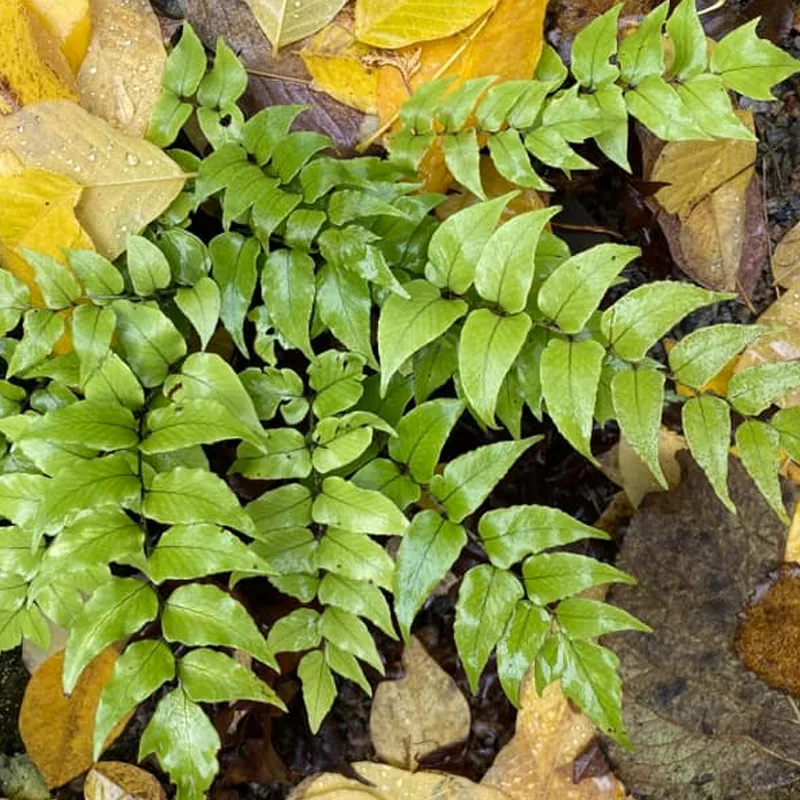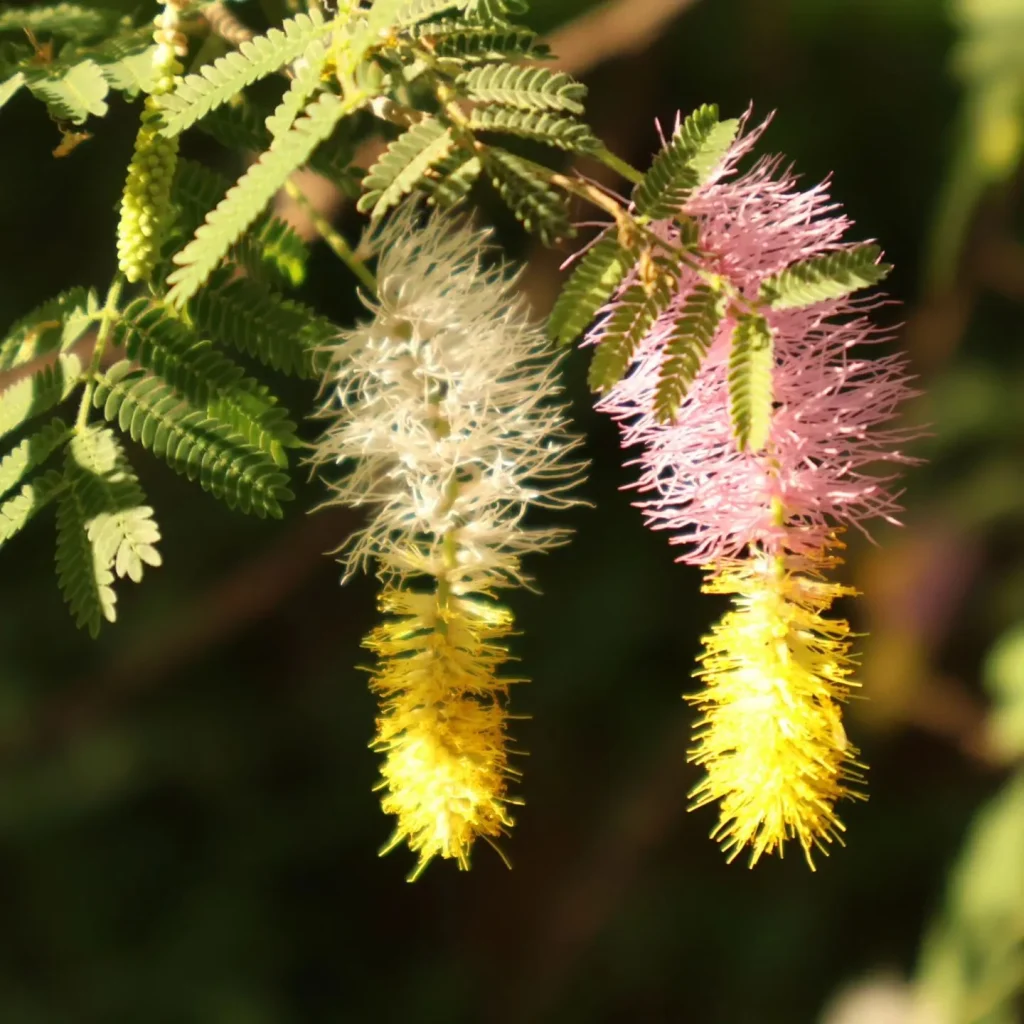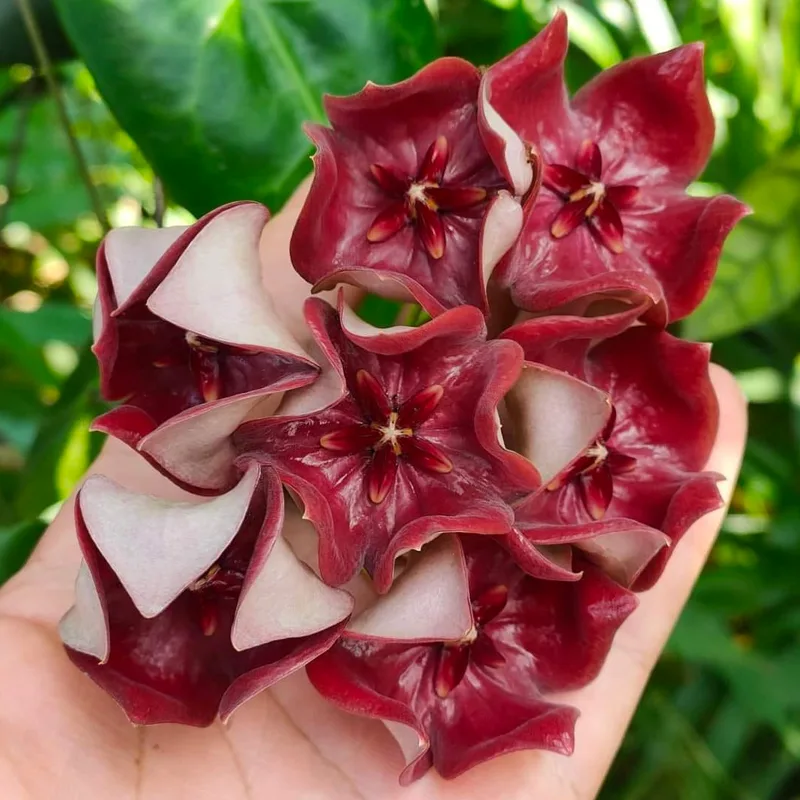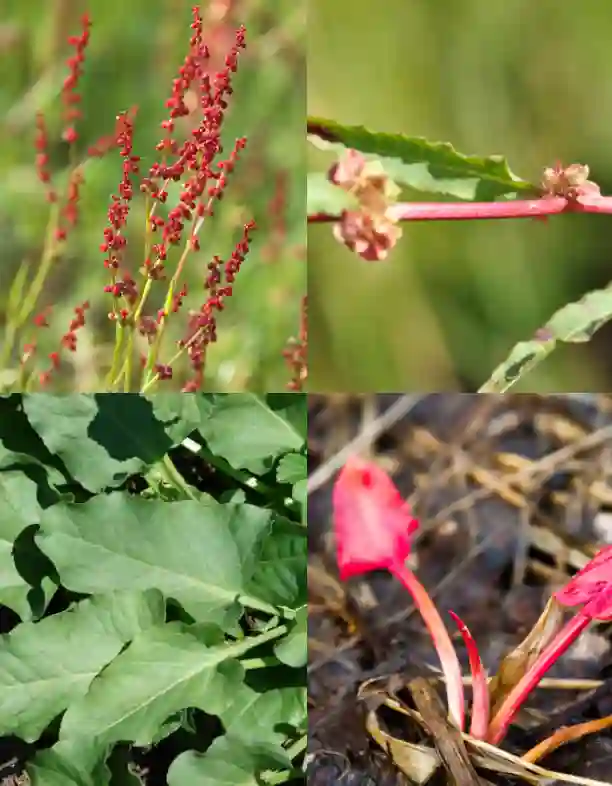What does Cardamine Hirsuta mean?
Cardamine Hirsuta, also known as hairy bittercress, is a winter annual weed that thrives in moist, shady areas. The genus “Cardamine” refers to a group of plants commonly known as bittercress, while “Hirsuta” means hairy, describing the fine hairs on the plant’s stems and leaves. Its botanical characteristics are distinctive, with small white flowers and seed pods that eject seeds when touched, helping it spread rapidly.
277 Species in Genus Cardamine
What family does Cardamine Hirsuta belong to?
Cardamine Hirsuta belongs to the Brassicaceae family, also known as the mustard family. This family includes many well-known edible plants like cabbage, broccoli, and radish. Although this might seem surprising, many weeds like Cardamine Hirsuta share genetic ties with cultivated vegetables.
Is Cardamine Hirsuta edible?
Yes, Cardamine Hirsuta is edible! The leaves and stems have a peppery, slightly bitter flavor, similar to watercress. You can use it fresh in salads or as a garnish, adding a spicy kick to your dishes. In my experience, I love using it in sandwiches or sprinkling it over pasta for that extra bite. However, I recommend consuming it early in its growth phase when the leaves are tender and the taste is milder.
How to get rid of Cardamine Hirsuta?
Getting rid of Cardamine Hirsuta can be a persistent battle because of its rapid spread. One of the best ways I’ve found is to pull it out by hand as soon as you see it, especially before it goes to seed. The roots are shallow, making them relatively easy to pull. Mulching garden beds also helps to prevent seed germination. If you have a more severe infestation, using a post-emergent herbicide can be effective. However, always check to ensure it’s safe for the plants around it.
Is Cardamine Hirsuta a noxious weed in Washington?
In Washington, Cardamine Hirsuta is not classified as a noxious weed. However, it is considered invasive in gardens and lawns due to its aggressive self-seeding nature. While it may not cause severe ecological damage, it can quickly overrun a garden or lawn, competing with desired plants for nutrients and space.
Cardamine Hirsuta vs Oligosperma: What’s the difference?
Both Cardamine Hirsuta and Cardamine Oligosperma belong to the same family, Brassicaceae, and are often confused due to their similar appearance. However, there are some key differences. Cardamine Oligosperma, commonly known as little bittercress, tends to have fewer seeds per pod compared to Cardamine Hirsuta. In my observation, Oligosperma seems to prefer wetter environments and is slightly less aggressive than Hirsuta. Still, both can be nuisances in a garden setting, spreading rapidly if left unchecked.
How to care for Cardamine Hirsuta?
Interestingly, while most gardeners view Cardamine Hirsuta as a weed, there are those who cultivate it for its edible qualities. If you’re among that group, care for Cardamine Hirsuta by ensuring it gets partial shade and consistent moisture. It thrives in cooler weather, so it’s best grown in spring or fall. In terms of soil, it’s not picky, but well-drained soil will keep it happy.
How to propagate Cardamine Hirsuta?
Propagating Cardamine Hirsuta happens naturally, almost without effort. The plant produces seed pods that burst and scatter seeds all around. If you want to control the propagation for harvesting purposes, you can collect the seeds by placing a paper bag over the seed pods before they open. Plant these seeds in a cool, shaded area, and they will germinate quickly. From my experience, it’s easier to let them self-seed in the garden if you’re looking to grow it intentionally for its edible properties.
Can you grow Cardamine Hirsuta indoors?
Yes, you can grow Cardamine Hirsuta indoors, although it’s not very common. You’d need to provide it with a cool, partially shaded environment, similar to the conditions it prefers outdoors. It could thrive in a kitchen windowsill with indirect light and regular watering. Since it grows fast and doesn’t require much space, it’s suitable for small indoor herb gardens. However, be cautious—it may spread seeds around your home unintentionally if not managed carefully.
Is Cardamine Hirsuta toxic?
Cardamine Hirsuta is not toxic to humans or animals. In fact, it’s quite the opposite, being edible and safe to consume. However, I would avoid feeding it to pets in large quantities, as too much of anything unfamiliar might upset their digestive systems. While it’s a healthy addition to human diets, I would stick to other safe greens for pets like spinach or kale.
What are the benefits of Cardamine Hirsuta?
The benefits of Cardamine Hirsuta extend beyond its edibility. It’s packed with nutrients like vitamin C, which makes it a valuable wild food source. Additionally, it plays a role in soil health by covering bare ground during the winter months, preventing erosion. In small doses, I find it a useful plant for filling in garden gaps and keeping the soil protected.
Common problems with Cardamine Hirsuta
One of the most common issues with Cardamine Hirsuta is its rapid spread. If left unattended, it can quickly take over garden beds and lawns. In my experience, controlling it early is essential—once it goes to seed, you’ll have a much harder time keeping it in check. Another issue is its ability to compete with other plants for nutrients, which can stunt the growth of your desired crops or flowers.
Compare Cardamine Hirsuta with similar plants
When comparing Cardamine Hirsuta with other similar plants, its closest relative is Cardamine Oligosperma, as mentioned earlier. Both are aggressive, self-seeding weeds. Another similar species is Cardamine Concatenata, or cut-leaf toothwort, which has a similar peppery flavor and appearance but is much less invasive. From my experience, it’s important to know the subtle differences between these species, especially when deciding which plants to pull and which to let thrive.
In conclusion, while Cardamine Hirsuta may be considered a weed by most gardeners, it has its edible benefits and ecological roles. However, managing its spread is crucial if you want to maintain balance in your garden.
If i die, water my plants!



